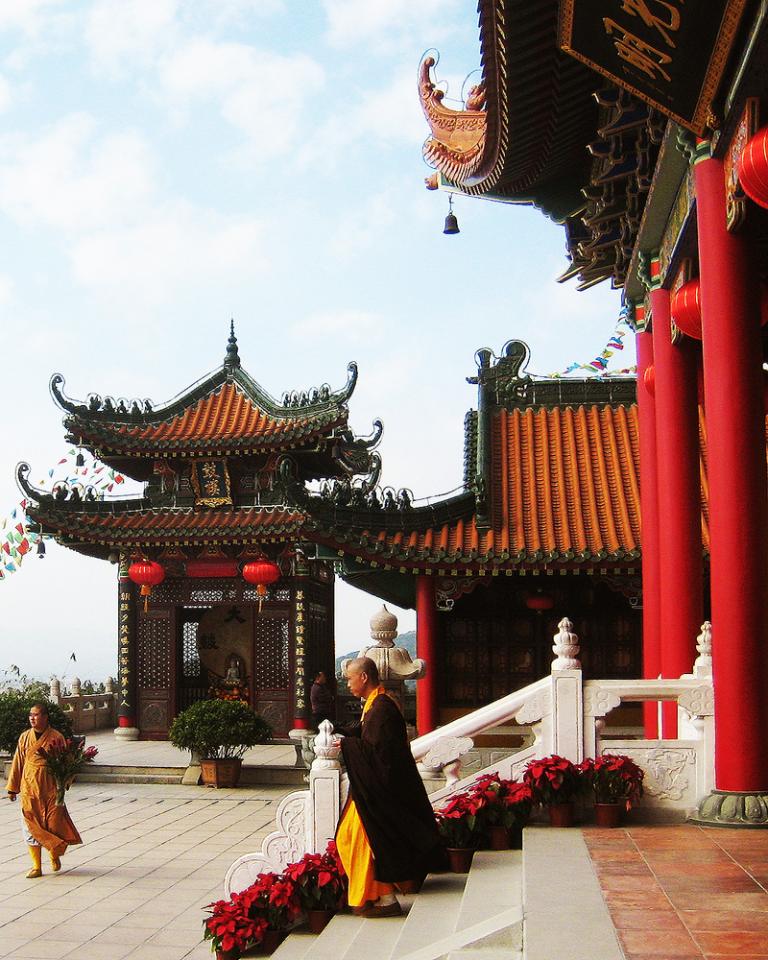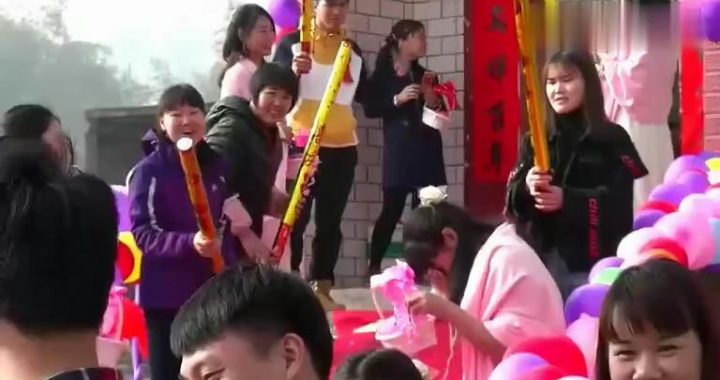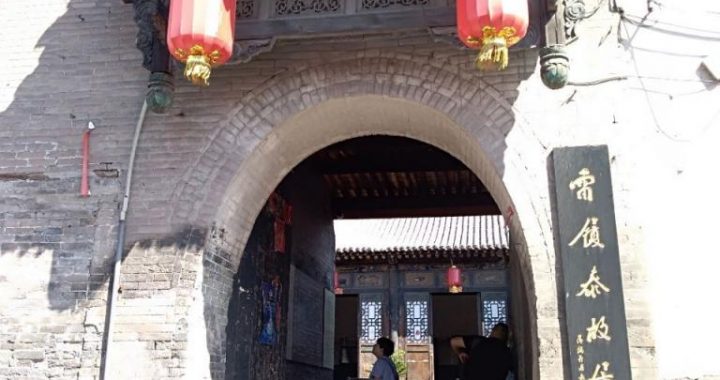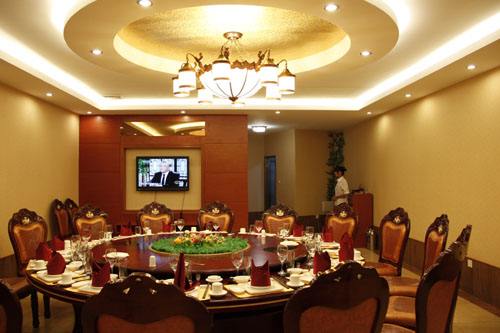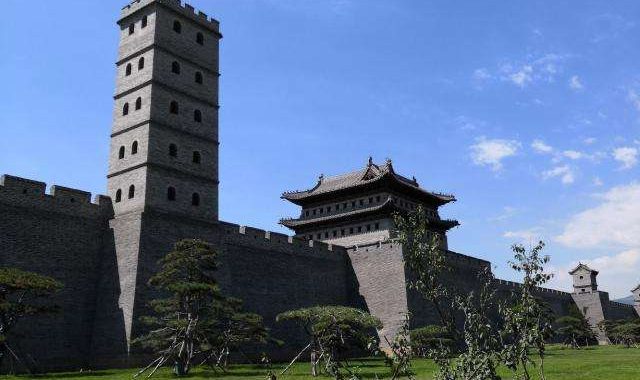Liuying Village in Fengxiang Shaanxi
3 min readFengxiang County in Shaanxi is the nationally famous home of plaster statuary Fengxiang has a long history of making painted plaster statuary That history began in the Western Zhou dynasty before the founding of the Qin dynasty and has been passed down amongthe people for three thousand years to become China s most ancient and most characteristichandmade plaster statue art. The main producing area for painted plaster statuary today is Liuying(Camp Six) Village, which still carries the name of an ancient military unit.
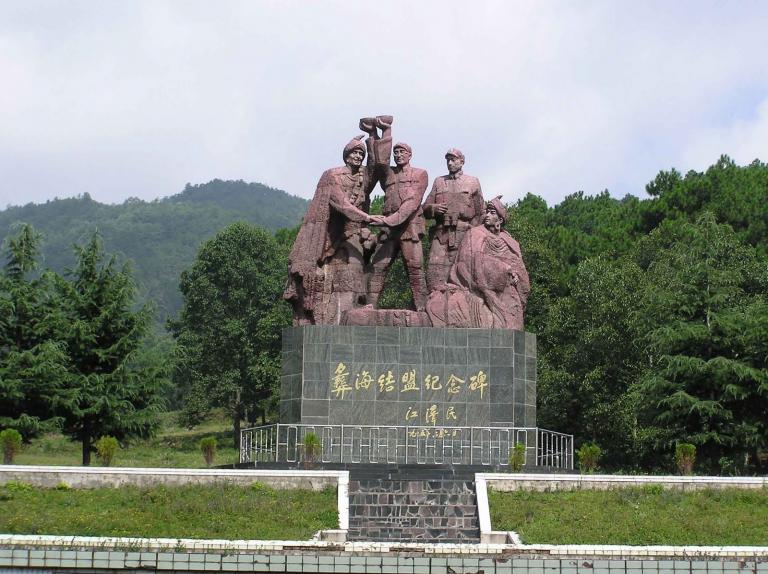
Legend has it that during the time of transition between the yuan and ming dynasties the Camp Six army unit of Zhu Yuanzhang(1328-1398, founder of the Ming Dynasty) wasstationed in the area of today’ s liuying village in Fengxiang County. many of the soldiers, most of whom came from Jingdezhen, Jiangxi, famous for its porcelain, later agricultural season made toys and gift items for sale. Over time, this folk art spread CK settled in Liuying. They were all skilled in making handmade pottery, and during the sl until liuying village became known near and far as”Plaster Statue village.
The plaster statues of liuying Village use the unique local white clay as the base andare formed using traditional manual techniques. The statues are then painted in highly contrasting colors, mainly red, green and black. They come in a variety of forms, mainl birds, insects, fish and auspicious fowl and wild animals, strongly reflecting the wishes of the local people for peace and prosperity The art of liuying plaster statues infiltrated the culture of auspiciousness of rural northern China and mainly reflects their desire for a good life, prosperity and their wishes to avoid disaster and court good luck as the main themes. In addition to this, their skillful combination of simplicity and refinement has won them a place in the art market.
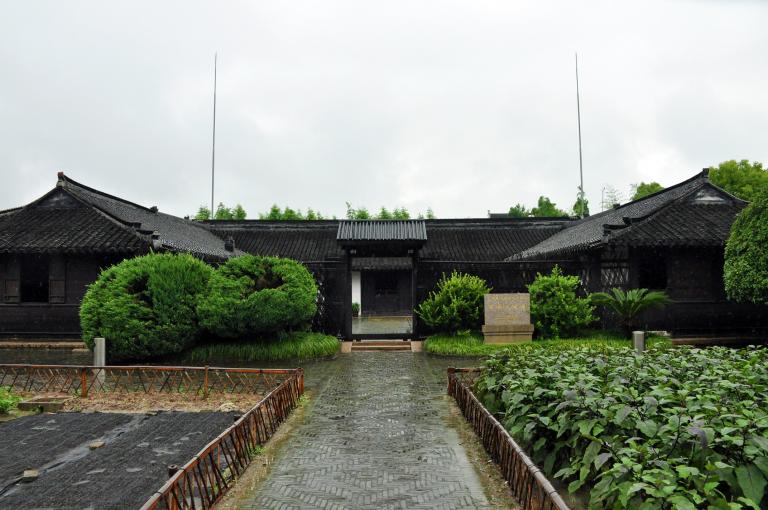
The plaster statues were formerly folk art pieces made by the local villagers during the slack agricultural season and it gave them something interesting to do during this normally uninteresting time. They put their work in a handcart and went from village to village to sell them and supplement their meager incomes. Today many villagers have made plaster statuary production their main occupation and are prospering from Entering Liuying village, one can see partially finished plaster statues everywhere through many the open courtyard doors. About 80 of the 480 households of the village are engaged in making statues, producing a total of 350, 000 pieces per year to meet orders of l million. Average per capita income in the village last year was 2, 900 yuan, over 70% of which came from making plaster statues.
The plaster statues used to break very easily in transit because they were made of plaster and hollow, making it hard to market them. In 1997, Hu Xinming set up the small Fengxiang Plaster Statue Plant in liuying village after returning from other parts of the country working a migrant worker.Through trial and error he perfected a formula for the correct proportions of glutinous rice,cot ton and pottery glue to add to the white clay to make it more resistant to breakage.This enabled these next-generation statues to be sold far and wide nationally and internationally and breathed new life into Fengxiang plaster statues.There are now over 120 different types of plastic statues.In 2002 and 2003 three plaster statue works designed by Hu Xinming,”Peaceful Horse,Rich and Powerful Lamband”Prosperous and Long-lived Pig,were chosen by the stamp design department of the China State post Bureau as main pictures for its series of stamps on the 12 symbols of hinese astrology.Hu Xinming has been called a”master of chinese folk art by UNESCO.
Formerly there was no mass production in the village and each individual producing household operated its own workshop Then Hu Xinming came up with the concept of a”massproduction plant with the feel of a small workshop”for the development of the fengxiang plaster statuary industry.Hu joined together a number of producing households in the village and supplied all of them with the molds for making statues,the formula for making the plaster base and various materials required for production The individual households were responsible for turning out a uniform line of products and hu xinming took responsibility for design and sales.This combination has helped the Fengxiang Plaster Statue plant go far.
